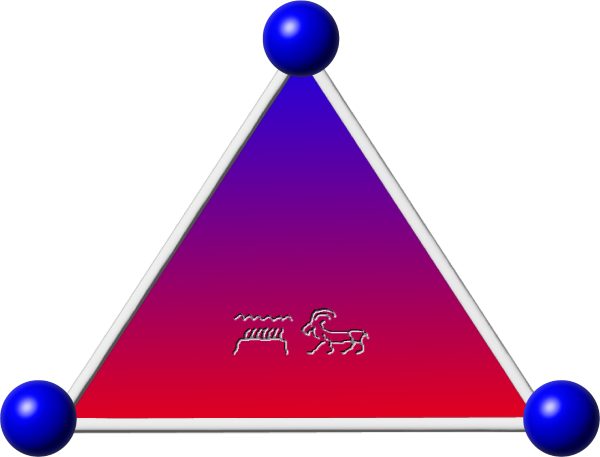Ehrman, Bart D, and Michael W. Holmes, eds. The Text of the New Testament in Contemporary Research. ISBN: 0-8028-2440-4. 402 pages. 1995.
Reviewed by Henry Neufeld
This is more of an overview and evaluation for particulars uses than an ordinary review. It is even less of a critical review. All of these authors are above the level at which I could credibly critique their work. Nonetheless, I can have some fun where they disagree.
I picked up this book at the library simply to update my knowledge of textual criticism from undergraduate and graduate study and from my ordinary reading. Since I’m interested in popularizing material from Biblical scholarship, such updates are necessary. I found the book extremely well suited for that purpose.
I would suggest that you don’t try to read this book through unless you have at least a minimal knowledge of Greek (the alphabet and some basic structures of the language), and also have read a good introductory text on New Testament textual criticism, such as Metzger’s The Text of the New Testament : Its Transmission, Corruption, and Restoration The Text of the New Testament : Its Transmission, Corruption, and Restoration or Kurt and Barbara Aland’s The Text of the New Testament an Introduction to the Critical Editions and to the Theory and Practice of Modern Textual Criticism.
The book is divided into four parts. Each contains a series of essays by recognized experts in topics in New Testament textual criticism. In general, all of these articles summarize the state of the evidence at the time of writing, as well as giving some idea of where research is going. There are some ideas that are specific to the authors, but all review the consensus of their area of expertise quite thoroughly.
The first section is called “The Greek Witnesses of the New Testament” and includes articles discussing papyri, majuscules, minuscules, and lectionary texts. I found the sections on the papyri particularly helpful, as the papyri have seen much serious study since I looked at them as a student, and my reading since has been too general. There is a great deal of emphasis on discussing the whole history of the text, and not just looking at how one gets to the reading closest to the autograph.
In the second section, “Early Versions of the New Testament” all of the major versional evidence is reviewed along with the current state of study. There is a chapter on the Diatessaron, Syriac, Latin, Coptic, Ethiopic, Armenian, and Georgian. The sections on Armenian and Georgian were particularly helpful to me since we did little discussion of those versions when I was a student.
The third section “The Patristic Witnesses of the New Testament” discusses the church fathers, Greek, Latin, and Syriac. This section is particularly helpful for its information on current and planned editions of the material. Over the next couple of decades we should see a substantial increase in the value that can be gotten from the patristic evidence. It’s very hard to use effectively right now, because the sources are not well designed for the textual critic. Though this material is hardly for the amateur, patristic evidence is important especially in determining date and provenance of text types, so having reliable critical editions of the various fathers, and good concordances of their scripture uses will be exceptionally valuable.
Finally, for the most fun, the section “Methods and Tools for New Testament Textual Criticism” covers what you would expect. How does one use these resources to accomplish the goals of textual criticism. Surprisingly to some, this section also discusses what the goal of textual criticism should be. In particular, Bart Ehrman makes a case that any stage in the development of the text can be important to studying the social history of Christianity. This section is highlighted by excellent articles on the majority text theory by Daniel B. Wallace, on thoroughgoing eclecticism by J. Keith Elliott, reasoned eclecticism by Michael W. Holmes, and on New Testament manuscripts and the social history of early Christianity by Bart Ehrman. I also should mention James R. Royse’s article on Scribal Tendencies in the Transmission of the Text of the New Testament, which means that I’ve mentioned most of the articles in this last section. Many readers will find that the fourth section is where they find the most value.
My feeling from this book is that the field of textual criticism is alive and well, with reevaluation of old theories and proposal and testing of new ones, using computer technology to improve our ability to study the statistics in the manuscripts available.
This book is suitable for the serious student with a basic knowledge of Greek, and an introductory knowledge of textual criticism, preferably a course that includes practical training. It is definitely not for the beginner.


